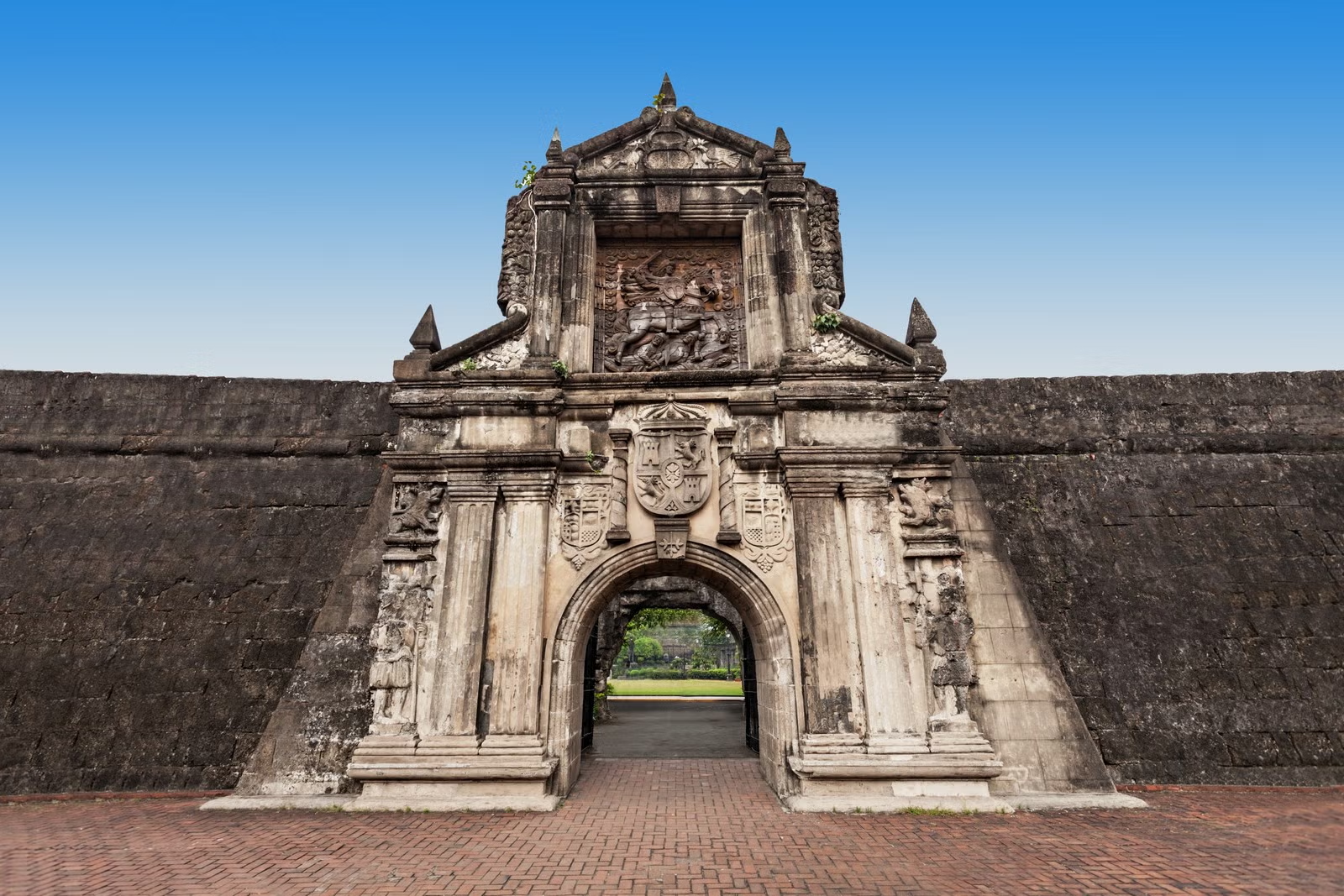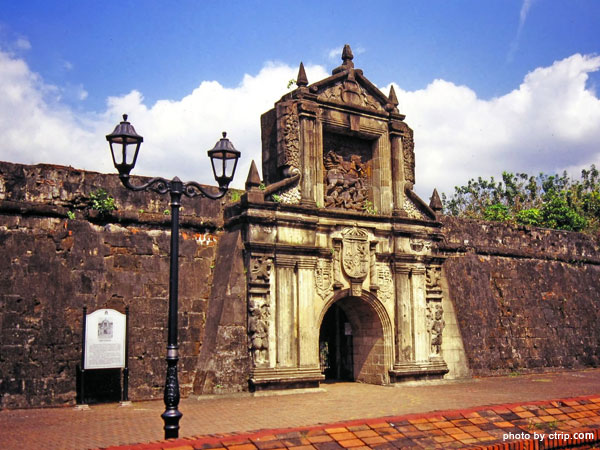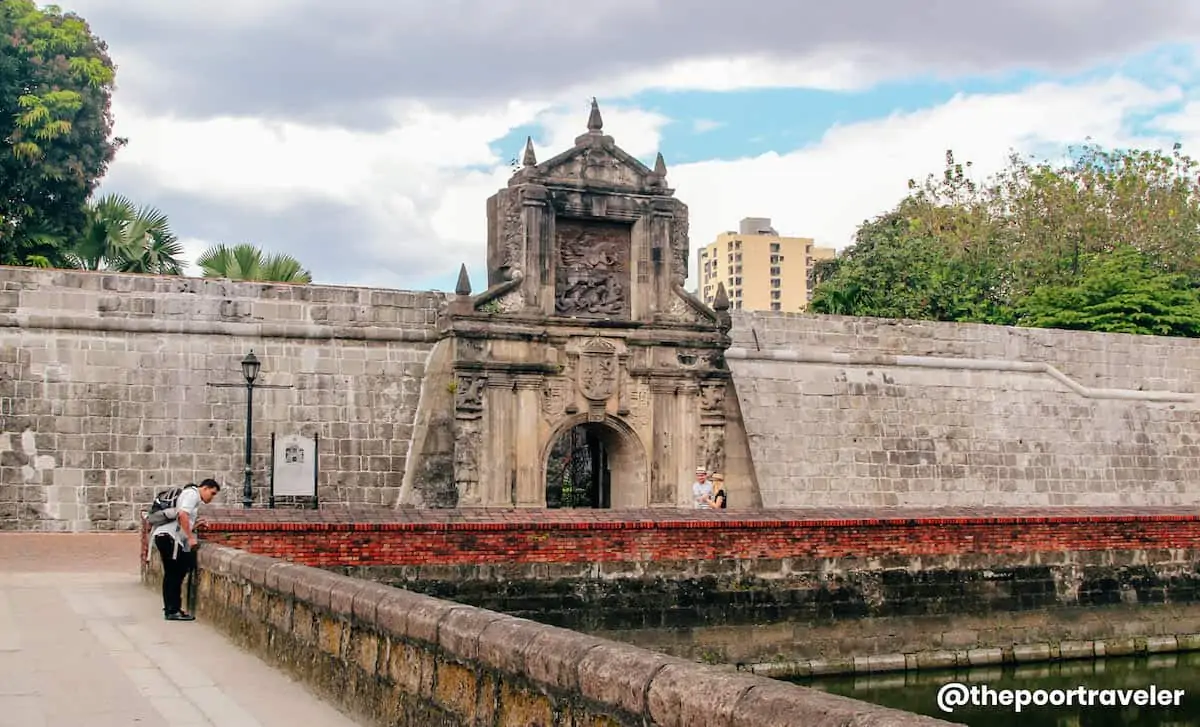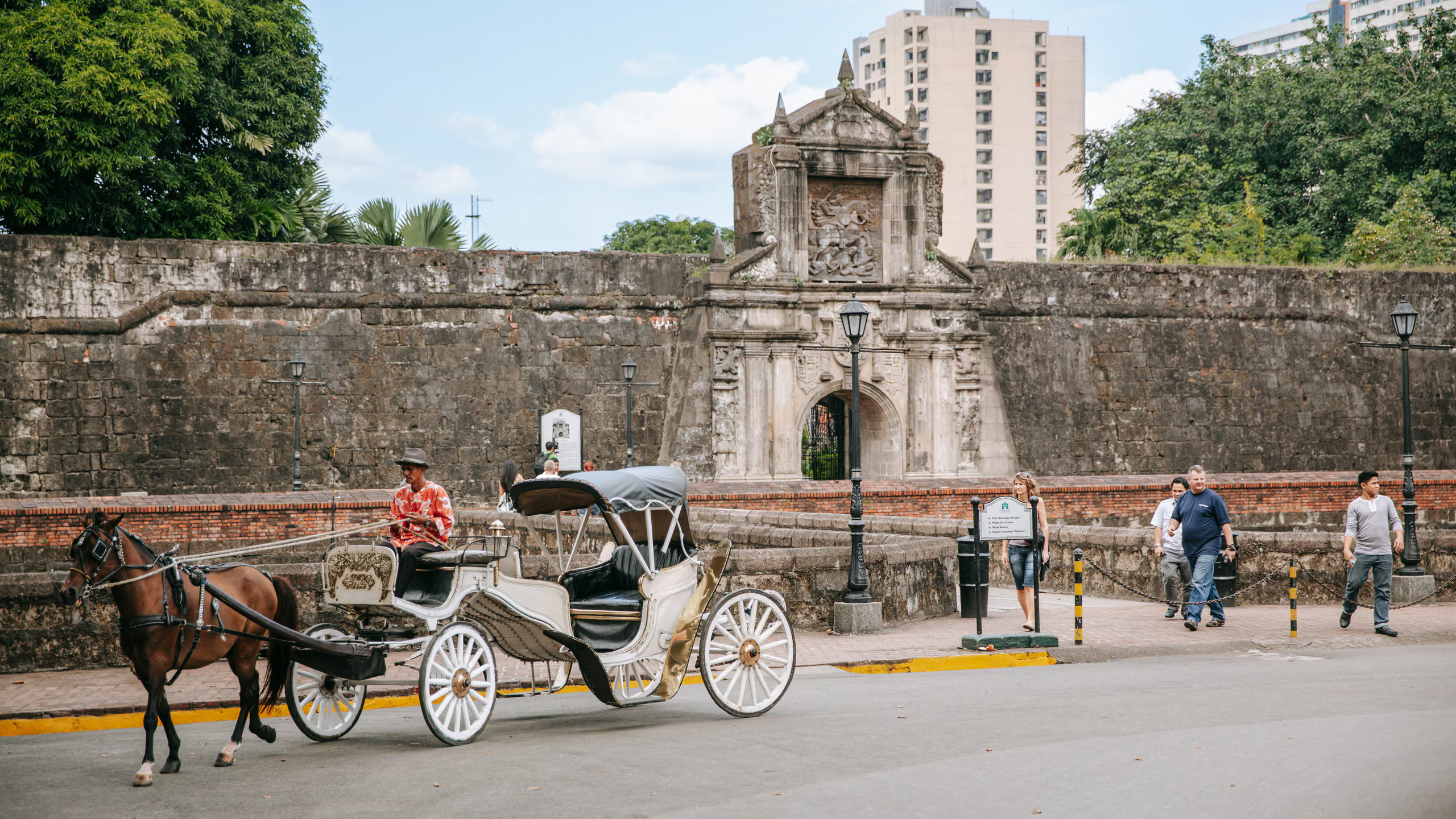
Fort Santiago


Fort Santiago, nestled within the historic walled city of Intramuros, is one of Manila’s most iconic landmarks and a testament to the country’s colonial past. Built in 1571 by the Spanish conquistador Miguel López de Legazpi, the fort served as a military defense structure and later became a symbol of resistance and sacrifice. Its massive stone walls and strategic location along the Pasig River made it a vital stronghold during the Spanish, American, and Japanese occupations. The fort is perhaps best known as the prison and execution site of José Rizal, the Philippine national hero, whose final footsteps are immortalized in bronze, leading to his martyrdom site. Today, the fort’s ancient gates, ruined barracks, and dungeons offer visitors a poignant journey through time, with every stone echoing stories of courage and colonial struggle.
A visit to Fort Santiago is a chance to walk through history while enjoying the fort’s picturesque grounds. The Rizal Shrine Museum houses artifacts and personal belongings of the hero, providing a deeper understanding of his life and legacy. The fort’s gardens, courtyards, and scenic river views offer moments of serenity, contrasting with its turbulent past. As you wander through the arched corridors and shadowy dungeons, it’s easy to imagine the lives of those who passed through its gates. Whether you're a history buff, a culture lover, or simply looking for a peaceful escape in the heart of the city, Fort Santiago remains a timeless treasure that captures the soul of Manila’s rich heritage.


